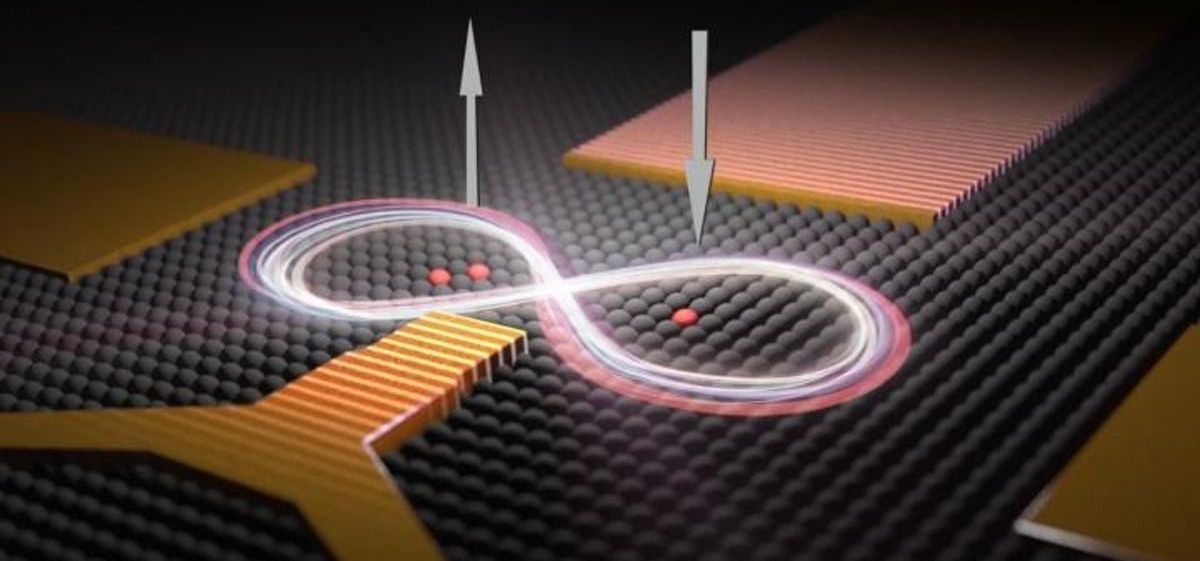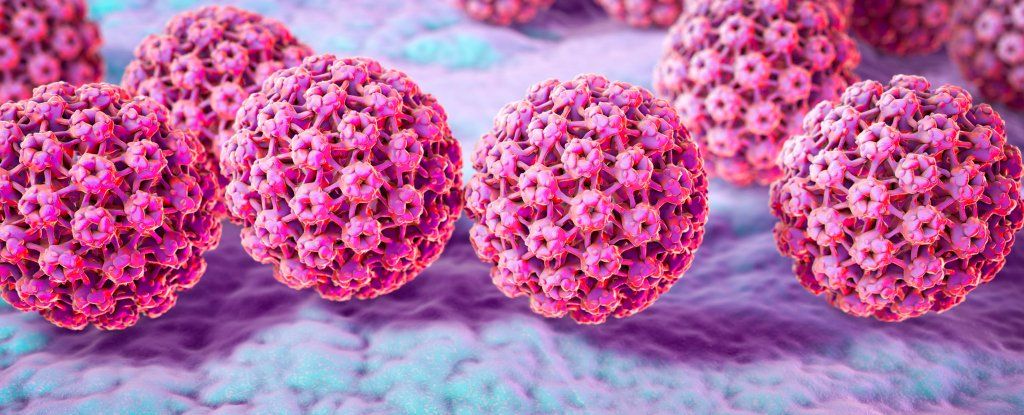Mar 8, 2018
Personalized Cancer Vaccine Enhances Immune Response
Posted by Steve Hill in category: biotech/medical
Researchers at Harvard have described a new cancer vaccine approach that uses an injectable biomaterial scaffold to deliver a payload of tumor-specific peptides that stimulate the immune system to respond rapidly to cancer cells.
Abstract
Existing strategies to enhance peptide immunogenicity for cancer vaccination generally require direct peptide alteration, which, beyond practical issues, may impact peptide presentation and result in vaccine variability. Here, we report a simple adsorption approach using polyethyleneimine (PEI) in a mesoporous silica microrod (MSR) vaccine to enhance antigen immunogenicity. The MSR–PEI vaccine significantly enhanced host dendritic cell activation and T-cell response over the existing MSR vaccine and bolus vaccine formulations. Impressively, a single injection of the MSR–PEI vaccine using an E7 peptide completely eradicated large, established TC-1 tumours in about 80% of mice and generated immunological memory. When immunized with a pool of B16F10 or CT26 neoantigens, the MSR–PEI vaccine eradicated established lung metastases, controlled tumour growth and synergized with anti-CTLA4 therapy.


















